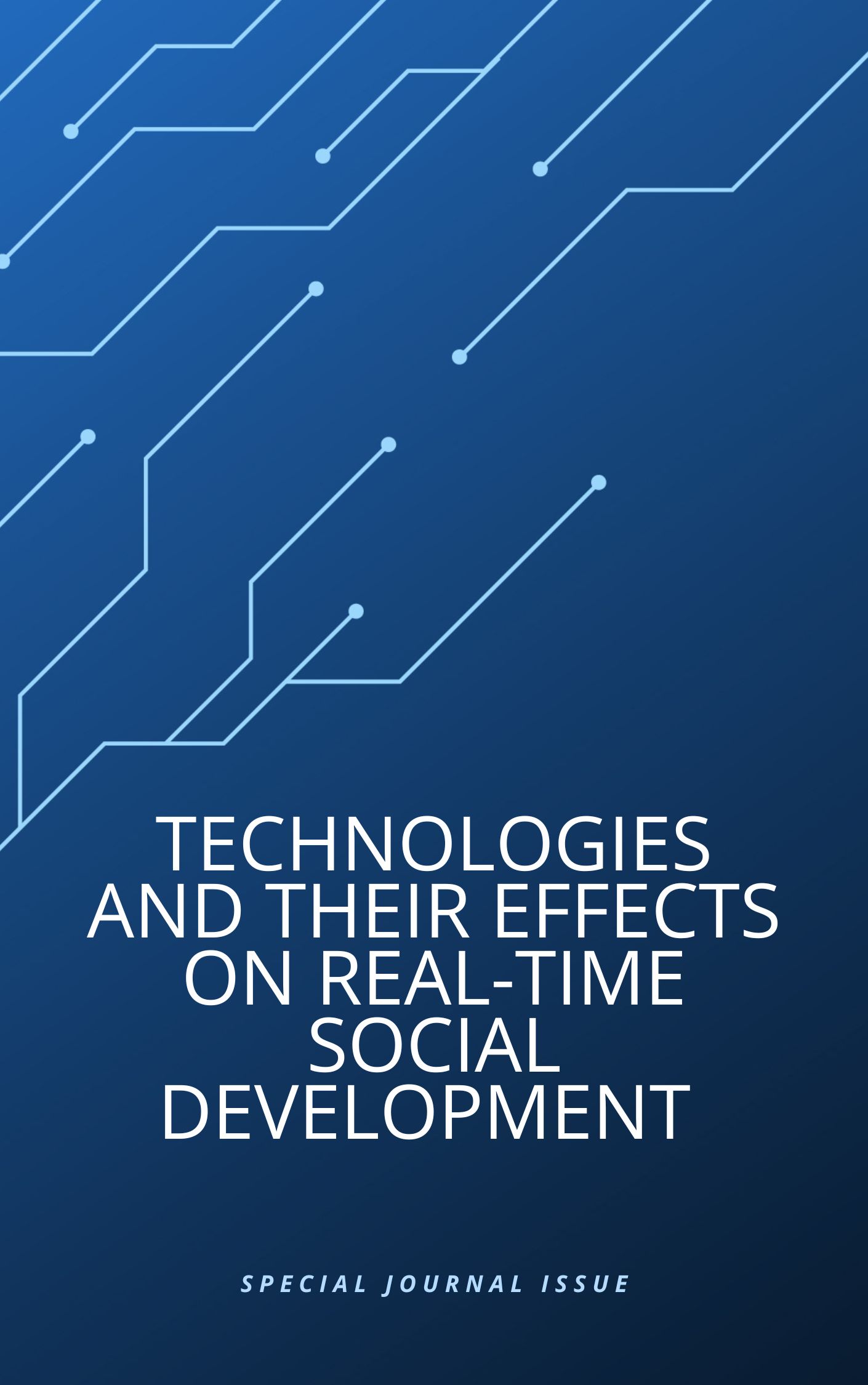Target Detection in Wushu Competition Video Based on Kalman Filter Algorithm of Multi-Target Tracking
Main Article Content
Abstract
Article Details

This work is licensed under a Creative Commons Attribution-NonCommercial 4.0 International License.
References
Ansari, M., & Singh, D. K. (2022). Significance of color spaces and their selection for Video processing: a survey. Recent Advances in Computer Science and Communications (Formerly: Recent Patents on Computer Science), 15(7), 946-956.
Zhang, X., Fan, W., & Guo, X. (2022). Urban landscape design based on data fusion and computer virtual reality technology. Wireless Communications and Mobile Computing, 2022, 1-14.
Zhao, J., & Zhao, X. (2022). Computer-aided Multi-Target Tracking for virtual reality-oriented 3D animation scenes. Computer-Aided Design and Applications, 19(1).
Wan, Y., Cui, C., & Wang, G. (2022). Restaurant interior design under digital Video processing based on visual sensing technology. Computational intelligence and neuroscience, 2022.
Logeshwaran, J., Ramkumar, M., Kiruthiga, T., & Pravin, R. S. (2022). SVPA-the segmentation based visual processing algorithm (SVPA) for illustration enhancements in digital video processing (DVP). ICTACT Journal on Video and Video Processing, 12(3), 2669-2673.
Srinivasa Sai Abhijit Challapalli. (2024). Sentiment Analysis of the Twitter Dataset for the Prediction of Sentiments. Journal of Sensors, IoT & Health Sciences, 2(4), 1-15.
Ramkumar, G., Anitha, G., Nirmala, P., Ramesh, S., & Tamilselvi, M. (2022, January). An Effective Copyright Management Principle using Intelligent Wavelet Transformation based Water marking Scheme. In 2022 International Conference on Advances in Computing, Communication and Applied Informatics (ACCAI) (pp. 1-7). IEEE.
Liu, D. (2022). Research on the analysis method of digital media art communication based on 3D Video recognition. Displays, 72, 102149.
Srinivasa Sai Abhijit Challapalli. (2024). Optimizing Dallas-Fort Worth Bus Transportation System Using Any Logic. Journal of Sensors, IoT & Health Sciences, 2(4), 40-55.
Ren, Z., Fang, F., Yan, N., & Wu, Y. (2022). State of the art in defect detection based on machine vision. International Journal of Precision Engineering and Manufacturing-Green Technology, 9(2), 661-691.
Qian, J. (2022). Research on artificial intelligence technology of virtual reality teaching method in digital media art creation. Journal of Internet Technology, 23(1), 125-132.
S. Prabu, A.B. Hajira Be, & Syed Raffi Ahamed J. (2024). Multi-Object Detection and Tracking with Modified Optimization Classification in Video Sequences. Journal of Computer Allied Intelligence, 2(3), 15-27.
Khalifa, N. E., Loey, M., & Mirjalili, S. (2022). A comprehensive survey of recent trends in deep learning for digital Videos augmentation. Artificial Intelligence Review, 55(3), 2351-2377.
Choi, K. H. (2022). 3D dynamic fashion design development using digital technology and its potential in online platforms. Fashion and Textiles, 9(1), 9.
Yang, Z., Ni, C., Li, L., Luo, W., & Qin, Y. (2022). Three-stage pavement crack localization and segmentation algorithm based on digital Video processing and deep learning techniques. Sensors, 22(21), 8459.
Wan, W., Wang, J., Zhang, Y., Li, J., Yu, H., & Sun, J. (2022). A comprehensive survey on robust Video watermarking. Neurocomputing, 488, 226-247.
Asmatullah Nashir. (2024). Visual Search Interactive Model for Artificial Intelligence Robotics Model forthe Agricultural Field Analysis. Journal of Computer Allied Intelligence, 2(5), 1-16.
Lu, W., Zhao, L., & Xu, R. (2023). Remote sensing Video processing technology based on mobile augmented reality technology in surveying and mapping engineering. Soft Computing, 27(1), 423-433.
Prakash, D. C., Narayanan, R. C., Ganesh, N., Ramachandran, M., Chinnasami, S., & Rajeshwari, R. (2022, May). A study on Video processing with data analysis. In AIP Conference Proceedings (Vol. 2393, No. 1). AIP Publishing.
Tyagi, S., & Yadav, D. (2023). A detailed analysis of Video and video forgery detection techniques. The Visual Computer, 39(3), 813-833.
Dou, G., Chen, R., Han, C., Liu, Z., & Liu, J. (2022). Research on water-level recognition method based on Video processing and convolutional neural networks. Water, 14(12), 1890.
Beier, T., & Neely, S. (2023). Feature-based Video metamorphosis. In Seminal Graphics Papers: Pushing the Boundaries, Volume 2 (pp. 529-536).
Biswanath Saha. (2025). Optimizing Generative Models for High-Resolution Image Synthesis in Creative Industries. Journal of Computer Allied Intelligence, 3(1).
Tang, B., Chen, L., Sun, W., & Lin, Z. K. (2023). Review of surface defect detection of steel products based on machine vision. IET Video Processing, 17(2), 303-322.
